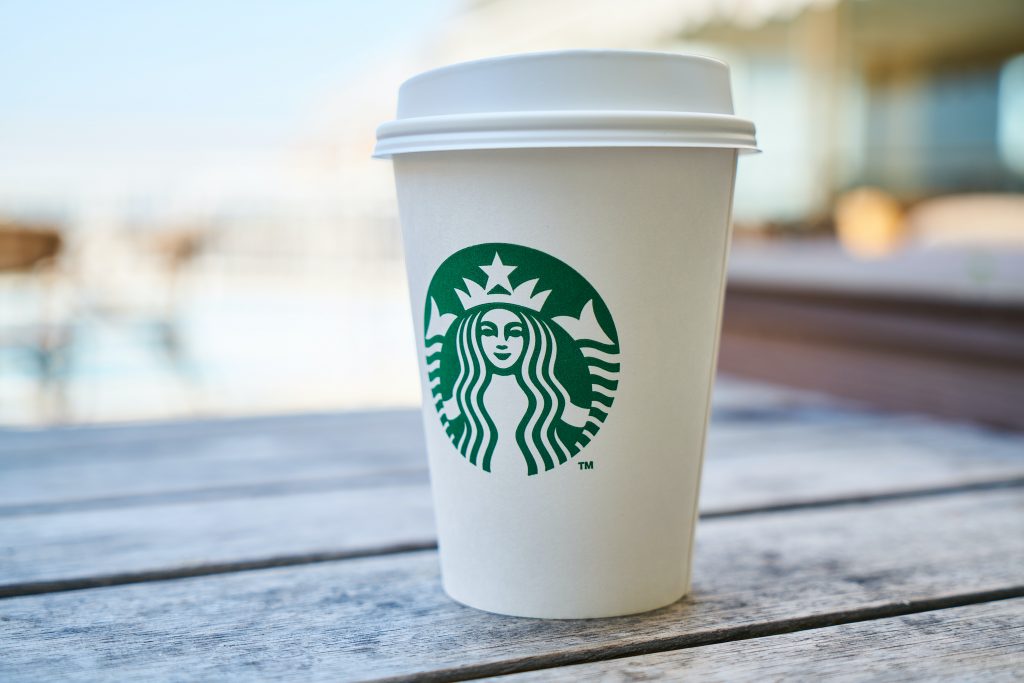
The story of Starbucks: world’s largest coffeehouse chain
Brief introduction:
Starbucks is an American multinational chain of coffeehouses Founded in 1971. They are serving in 84 countries. Their net income In 2021 was 4.2 billion dollars.
2007 market crash:
In 2007 as customers opted for cheaper options for their everyday coffee. Starbucks was forced to shut 600 shops that were not making profits. By March 30, 2008, its profit had fallen 28 per cent compared to the same period in 2007. In 2009, it closed another 300 stores and laid off 6,700 employees. Starbucks also faced competition from McDonald’s, which had, in 2008, started setting up coffee bars that sold espresso.
New leadership:
The new CEO who returned to company after 8 years Howard D. Schultz shot off a letter to the employees on the day he took office once again as CEO. He said, “The company must shift its focus away from bureaucracy and back to customers.” He made his objective very clear: “Reigniting the emotional attachment with customers. “The previous leadership had blamed the economy and the higher cost of dairy products for the slump in business. They had also stated this as a reason to hike prices. However, Schultz took an entirely different view of the situation. He told the employees, “The company shouldn’t just blame the economy; Starbucks’s heavy spending to accommodate its expansion has created a bureaucracy that masked its problems.”
my starbucks idea:
In March 2008, “My Starbucks Idea” was rolled out for customers to exchange ideas with each other and directly with the company. As part of this, customers were able to give opinions on everything such as products, services, layout, advertising, corporate social responsibility, in-store music and so on. More than 93,000 ideas were shared by about 1.3 million users on social media, and page views per month rose to 5.5 million.
After the 2007/08 crisis, Starbucks had to rebuild its customer relationships and show the world that it cared for quality and consistency. It also had to give a leg up to the altruistic component of the brand such as community building and care for the environment. Through the “My Starbucks Idea” customers had a direct link with the headquarters and of course Starbucks was listening. Soon Starbucks’s ubiquity became an asset as customers from around the world had an opportunity to connect with each other, spawning like-minded communities like the ‘free Wi-Fi group’, ‘soy group’, ‘comfy chair group’ or ‘frappuccino lovers’.
Starbucks implemented over 100 ideas. Through this initiative, the coffee retailer built a robust fan base. By giving customers a platform to voice their ideas and views on the brand and by responding to it, it was able to reignite the brand trust.
Mobile app:
The company embraced mobile apps much before its competitors. Very early in the race, Starbucks had linked its social media strategy objectives with technology channels like mobile apps. It was carefully designed to appeal to the masses and specifically to the segment that made up its online community. Through its iPhone app features like store locator, nutrition-based information and rewards programme, it integrated and enhanced its social media community fabric. The head start in technology adoption has helped the company come up with trend-setting ideas.
One of them was the move to help its customers personalise the company’s offerings. The initiative, ‘MyStarbucksSignature‘ allowed consumers to develop their own signature drinks (hot or cold coffee), name the drink and share the new flavour with the community. In this way, Starbucks informs the consumer of the wide range of product offering they have at their stores across the world. It also shows the consumer how to order this cup and what it will look like. The only modification a consumer can do in his or her signature drink is in the ingredient mix and quantity. This way the supply network is only slightly disrupted at the retail and service end. Everything else related to ingredients and distribution remains completely untouched.
Important strategies:
In thefinancial crash, Starbucks net income was almost 9 billion dollars but due to financial crisis the raise completely halted and stock price dropped by 50%. So they halted the growth and focused on customer satisfaction. They trained their baristas in massive order and brought in-house grinding for the aroma. They removed automatic coffee machines, although they were faster but removed the romance of watching barista making the coffee and its essence. They also introduced roastries later which gives experience of restaurants. They also introduced several other marketing strategies which help them in their cause of attracting customer. The first strategy they used was the Decoy effect. Which means to introduce an option which make people think in advantageous manner rather what they need. They have three sizes Tall, Grande and Vanti. Normally all of the customers go for Grande. Looking at the trembling economy they introduced cashless effect in which they removed the $ sign from the prices and its believed that it helped with 8% raise. Another thing they did was introducing of charm prices, all of their products prices were ending with .95 which showing their premium face as well as psychological attraction. They also introduced a strategy which meant to give customer a sense of belonging by writing their names on the coffee cup. This way customers were giving more value to the product and later they used this strategy for product customization.
Unique experience:
The three factors make the Starbucks experience unique and one that is truly enjoyable for consumers.
-
The coffee buying experience
-
Personal rewards
-
The familiarity of the brand name